In our previous article, we explored how cold plunging can support weight loss and how many calories you can burn. But the more exciting question is what exactly happens inside your body. On the one hand, cold plunging burns fat. On the other hand, it helps create “good” fat that actually works to burn the “bad” kind.
Table of Contents

The Three Types of Fat: White, Brown, and Beige
First of all, we need to look at the different types of fat. Because not all fats are the same! There are three different types of fat:
- White fat is the least desirable because it promotes inflammation and increases the risk of cardiovascular disease, arteriosclerosis, diabetes, thrombosis, heart attacks, strokes, and much more. White fat also promotes obesity, storing itself in stubborn areas of the body
- Apple type (android fat distribution): White fat concentrated around the stomach and buttocks. This type has a higher risk of diabetes and cardiovascular issues.
- Pear type (gynoid fat distribution): White fat is stored mainly in the hips and thighs, distributed more evenly over the body.
It has been scientifically proven that the abdominal (apple type) is particularly dangerous and should be reduced as much as possible.
- Brown fat is the exact opposite. Instead of storing energy, it burns it to generate heat through a process called thermogenesis. Its high number of mitochondria gives it its brown color.
- Beige fat is a hybrid between white and brown fat. It has the potential to act more like brown fat under the right conditions, especially with cold exposure.
Brown Fat: The White Fat Killer
Brown adipose tissue is sometimes called the body’s “fat-burning powerhouse,” because, unlike its white counterpart, it gets its color from brown mitochondria. The brown fat cells are able to produce energy in the form of heat. In contrast to the “normal” mitochondria, the brown fat killers do not produce adenosine triphosphate (ATP – the body’s universal energy source), but instead convert sugar and fat into heat. This process is called thermogenesis. Think of it as your own built-in furnace.
In infants and newborn mammals, brown fat is abundant because they lack the muscle mass to shiver effectively. Adults, however, have far less. For a long time, scientists believed adults had none at all. Today, we know that around 10% of adults still carry a few grams, mainly in the neck, chest, and shoulder areas.
Although it’s a small amount, activating and expanding this tissue can have a big impact on metabolism and fat burning.
How Cold Plunging Stimulates Brown and Beige Fat
The aim is to build up more brown and beige fatty tissue. But how does this work? The answer is simple: cold exposure is the classic stimulus for the production of brown adipose tissue.
Practices like cold plunging, shivering, or even cold showers trigger your body to convert harmful white fat into calorie-burning brown or beige fat. According to studies, cold plunges are the most effective because full-body immersion delivers a much stronger cold stimulus than a quick shower.
Most adults have unfortunately lost their brown fat. As a result, they have also lost the ability to warm themselves up effectively and are no longer as resistant to the effects of cold. Adults, therefore, drag a lot of unhealthy white fat around their bodies and organs like clothing to protect themselves, like a walrus. However, it would be smarter to carry around less white fat and have the nuclear power plants ready to generate heat whenever it is needed. Another positive effect, in addition to regulating body temperature, is the conversion of white fat into brown fat when activated by cold. So you can lose weight and white fat by training your brown and beige fat cells through regular cold plunging.
Conclusion
Cold plunging is not just a calorie-burning tool; it’s a way to reshape how your body handles fat. By stimulating brown and beige fat while reducing unhealthy white fat, you create a body that burns energy more effectively. With consistent practice, your fat becomes your ally, not your enemy.

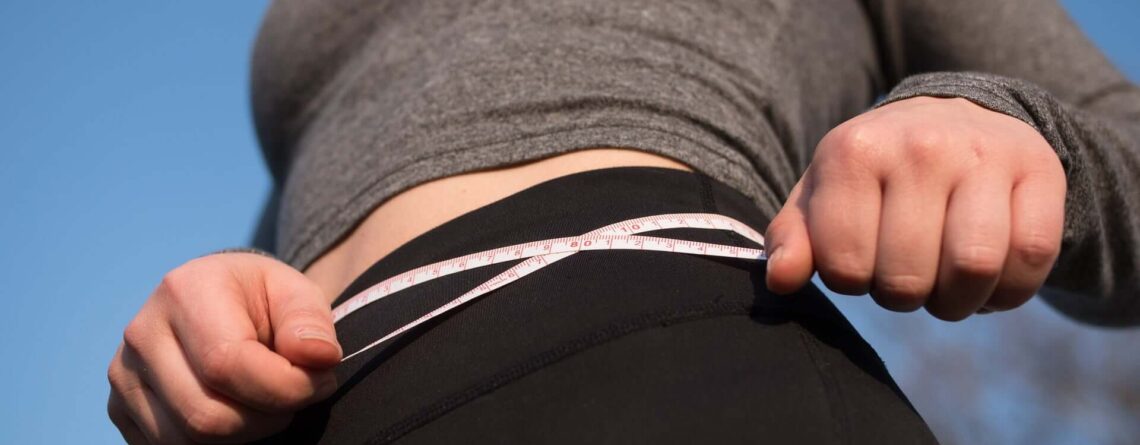
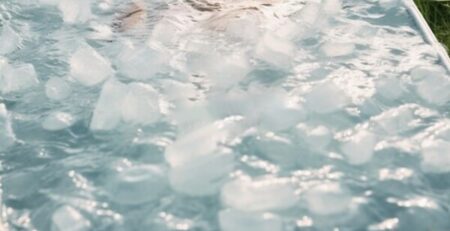
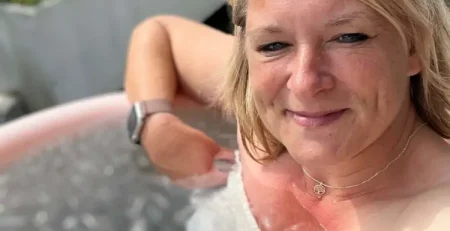
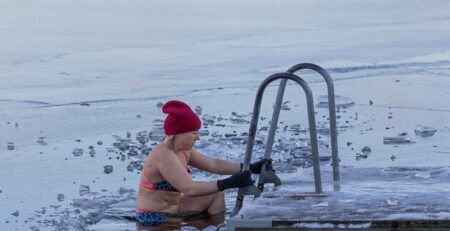
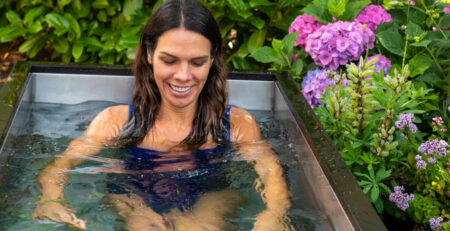
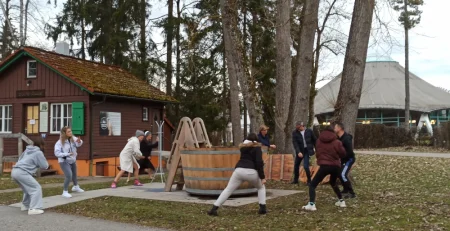



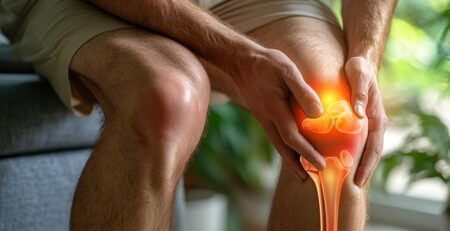

Leave a Reply